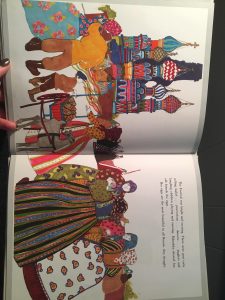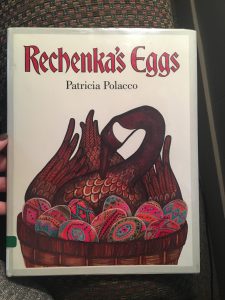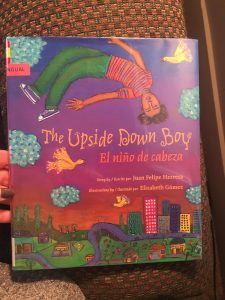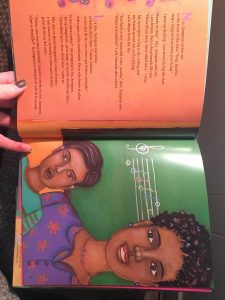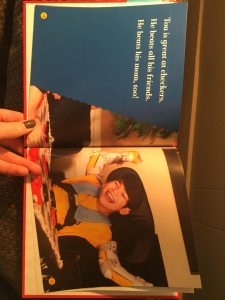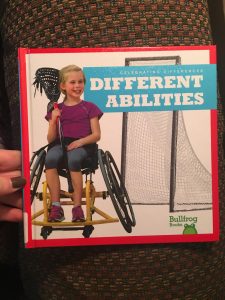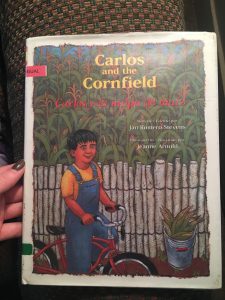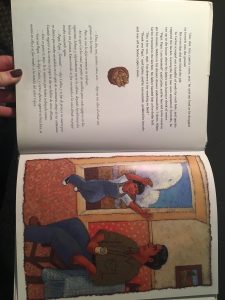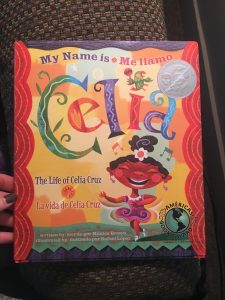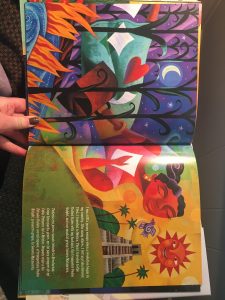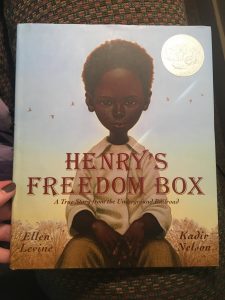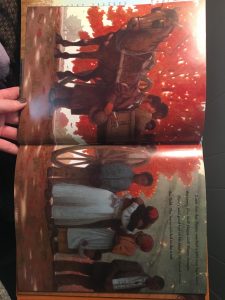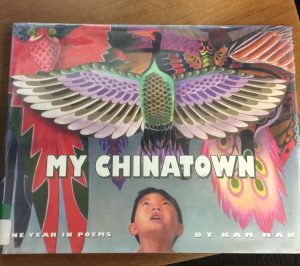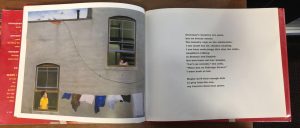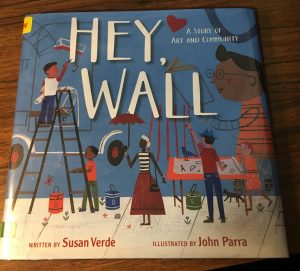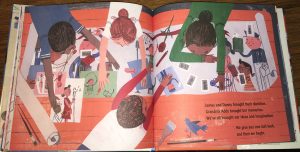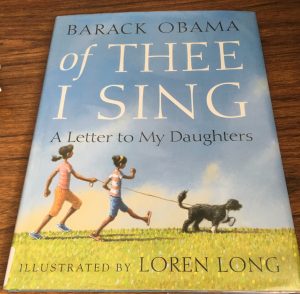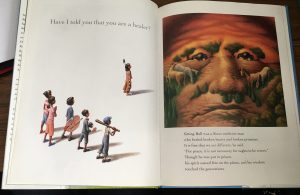
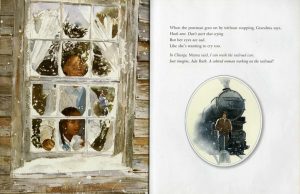
Title – Coming on Home Soon
Author(s) – Jacqueline Woodson
Illustrator/Photographer – E.B. Lewis
Publisher and Year – G.P. Putnam’s Sons 2004
Number of pages – 28 pages
Tags/Themes – Rylie Loux, Fiction, Emotion, Diversity, 2-3, Historical Fiction,
Genre – Historical Fiction
Descriptive Annotation: Ada Ruth’s mama must go away to Chicago to work, leaving Ada Ruth and her Grandma behind. Ada Ruth misses her mama more and more but Grandma reassures her that Mama with be coming on home soon and to just keep writing to her. It’s war time, and women are needed to fill the men’s jobs. Grandma and Ada Ruth find strength in each other, and a stray kitten even arrives one day to keep them company. Ada describes the feeling of the cat when she states “It’s a slip of a thing. But its softness is big. And warm as ten quilts on my lap. Warm as Mama’s hands” but nothing can fill the hole Mama left.
Classroom Application: This is a perfect resource for engaging students on a Social Studies lesson. This story gives an understanding of what life was like during WWII. This also gives students an insight of how communication worked in the past. Ada Ruth had no way to contact her mama other than writing to her. This is an important concept of this lesson because in today’s world it is so different due to technology. Also this story consists of three powerful female roles. This is valuable for students to understand the importance of all gender roles.
Linguistic and Cultural Diversity Analysis: In this powerful story Jacqueline Woodson has captured the fear, the worry and the loneliness of a young girl left behind when her mother must leave home for a job, a not uncommon occurrence in WWII. This story gives the students a glimpse of one of the ways that the war affected the lives of African American woman and children on the home front. This connects with great cultural and racial diversity.

